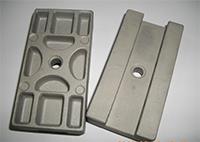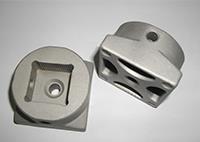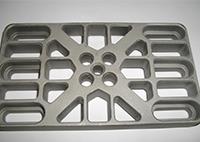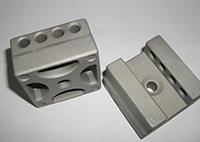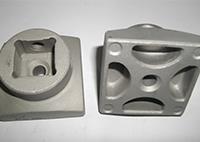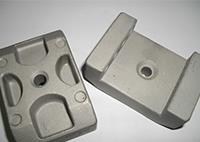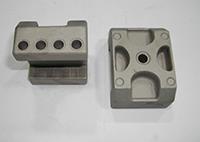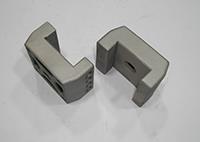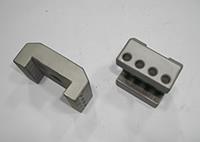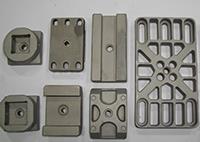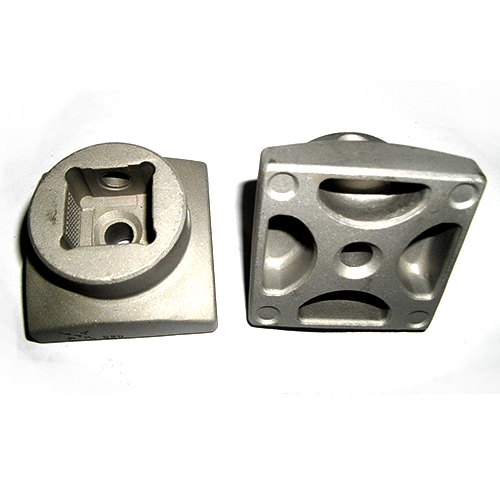
alloy steel
In addition to iron and carbon, alloy steel is called alloy steel by adding other alloying elements. An iron-carbon alloy formed by adding an appropriate amount of one or more alloying elements on the basis of ordinary carbon steel. According to the different added elements and adopting appropriate processing technology, special properties such as high strength, high toughness, wear resistance, corrosion resistance, low temperature resistance, high temperature resistance, and non-magnetic properties can be obtained.
Alloy steel precision casting classification
1. According to the content of alloying elements
1) The total content of alloying elements in low alloy steel is less than or equal to 5%;
2) The total content of alloying elements in medium alloy steel is between 5% and 10%;
3) The total content of alloying elements in high-alloy steel is greater than or equal to 10%;
2. According to the types of alloying elements
There are chromium steel, manganese steel, chromium-manganese steel, chromium-nickel steel, chromium-nickel-molybdenum steel, silicon-manganese-molybdenum-vanadium steel, etc.
3. According to the main purpose
(1) Structural steel
1) Structural steel for construction and engineering
2) Structural steel for machinery manufacturing
(2) Tool steel
(3) Special performance steel
There are many types of precision casting in alloy steel foundries. Usually, they are divided into low alloy steel (content< 5%),="" medium="" alloy="" steel="" (content="" 5%="" to="" 10%),="" and="" high="" alloy="" steel="" (content=""> 10) according to the content of alloying elements. %); According to quality, it is divided into high-quality alloy steel and special alloy steel; according to characteristics and uses, it is divided into alloy structural steel, stainless steel, acid-resistant steel, wear-resistant steel, heat-resistant steel, alloy tool steel, rolling bearing steel, alloy spring steel and Special performance steel (such as soft magnetic steel, permanent magnetic steel, non-magnetic steel), etc.
The alloy steel systems of various countries vary according to their respective resource conditions, production and use conditions. Foreign countries have developed nickel and steel systems in the past, while China has found that silicon, manganese, vanadium, titanium, niobium, boron, lead, and rare earths are used as the The main alloy steel system alloy steel accounts for about ten percent of the total output of steel. Generally, alloy steels smelted in electric furnaces can be divided into 8 categories according to their uses. They are: alloy structural steel, spring steel, Bearing steel, alloy tool steel, high-speed tool steel, stainless steel, heat-resistant non-skinned steel, silicon steel for electrical engineering.
